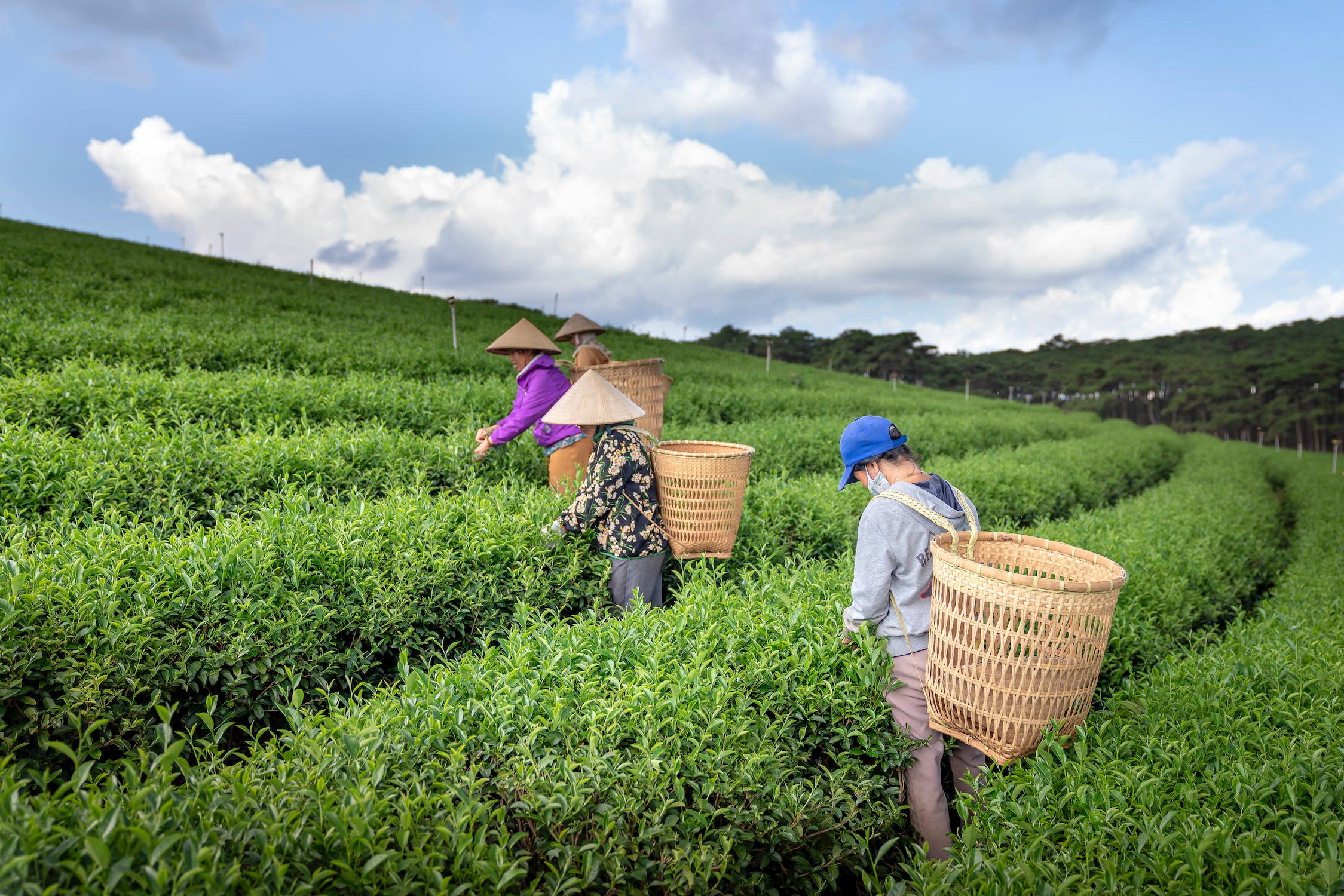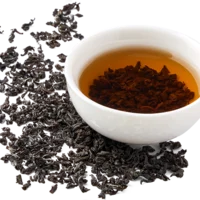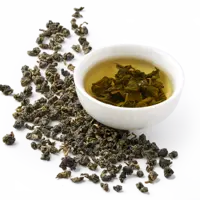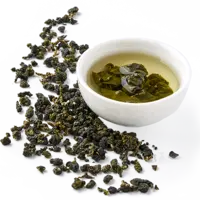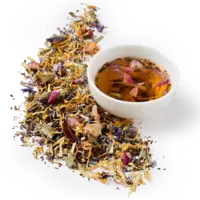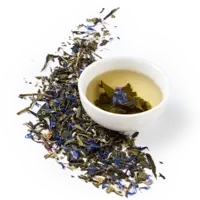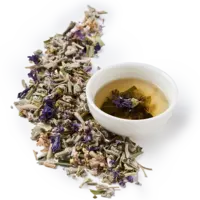The Origin of Tea
Tea, along with cocoa and coffee, is one of the three major beverages in the world. The origin of tea can be traced back to 2737 BC. According to legend, Emperor Shennong of China discovered tea leaves. Shennong is one of the legendary Three Sovereigns and Five Emperors of ancient China. It is said that the culture of drinking tea originated from Shennong tasting herbs and inadvertently drinking tea, which later flourished into the culture we know today.
Tea leaves were initially discovered for medicinal use. It is said that Emperor Shennong discovered the medicinal value of tea leaves and used them to treat illnesses. Tea holds significant importance in Chinese culture. Apart from being a beverage, it is also applied in traditional Chinese medicine, Zen meditation, literati gatherings, and various other fields. In traditional Chinese medicine, tea is believed to have the effects of clearing heat, detoxification, and refreshing the mind. It is often used to treat minor ailments. In Zen meditation, drinking tea is considered a form of meditation that helps improve concentration and calmness. In literati gatherings, drinking tea is a lifestyle and social activity commonly seen in scenes of ancient literati enjoying poetry and wine in the mountains.
As time passed, people gradually discovered the value of drinking tea and began to enjoy it as a beverage.
Types of Tea
Tea leaves undergo processes such as picking, withering, rolling, fermenting, and baking to produce various types of tea, each with its unique flavor and characteristics. Depending on the different processing methods, tea can be classified into green tea, black tea, oolong tea, white tea, yellow tea, etc.
Green tea is unfermented, retaining most of the nutrients in the tea leaves, and is known for its refreshing taste, commonly found in southern China. Black tea is fully fermented, with a thick texture and reddish-orange soup color, commonly found in northern China. Oolong tea falls between green tea and black tea, being semi-fermented with a rich flavor, commonly found in Taiwan and Fujian Province.
With the advancement and perfection of tea planting and processing techniques over time, tea cultivation has gradually shifted from wild planting to artificial cultivation. In addition to tea planting techniques, tea processing techniques have also become more sophisticated and diverse. Through years of cultural exchange, tea planting and processing techniques gradually spread from China to countries such as Japan, India, etc. Each country incorporates its unique climate, culture, and dietary habits into the original tea processing techniques, gradually forming the tea culture of various countries, which is rich and diverse.
The Development of Tea
In many countries, tea is not just a beverage but also a culture. Tea culture, such as tea art performances, tea ceremony etiquette, and tea Zen, is rich and diverse, showcasing people's passion for tea and pursuit of quality of life.
The forms of tea drinking vary in different countries:
China
China is recognized as the birthplace of tea with a long history of tea culture. Chinese people consider drinking tea as a way of life. Drinking tea is not only about tasting the flavor of tea but also a pursuit of aesthetics and traditional etiquette. Chinese tea art turns the tea brewing process into a delicate art form, covering various aspects such as water quality, tea sets, and brewing methods.
Japan
Japanese tea ceremony originated from Chinese tea culture but developed its unique style over time. Japanese people regard drinking tea as a way of spiritual practice, emphasizing simplicity, emptiness, and tranquility. The tea ceremony not only emphasizes tea brewing skills but also focuses on spiritual enlightenment.
England
England has a long-standing tradition of afternoon tea, which is almost synonymous with its culture. Afternoon tea is a symbol of British aristocratic culture, usually accompanied by exquisite pastries. The British pay attention to the variety of tea and brewing methods, with different types of tea served at different times, such as having a cup of morning tea in the morning to refresh the mind.
India
Indians brew tea in milk and spices to make a unique beverage called masala chai. Masala chai is full of the unique flavor of spices and is an indispensable part of daily life in India.
Arab Countries
In Arab countries, tea leaves are usually brewed with ingredients such as mint and sugar to make aromatic mint tea. This method is not only delicious but also reflects the hospitality tradition of Arab people.
Japanese tea ceremony, English afternoon tea, Indian spices, Iranian milk tea, etc., are all manifestations of tea in different cultures. Tea is not only a beverage but also a way of communication and interaction. People often exchange emotions and discuss life while drinking tea.
The Functions of Tea
Tea has many benefits, including refreshing the mind, promoting digestion, antioxidation, lowering blood pressure, etc. Many people like to have a cup of tea during work or leisure to relax and refresh themselves.
Tea is a beverage with a long history and rich cultural connotations. It not only satisfies people's pursuit of deliciousness but also connects emotions and communication between people. Whether in China or around the world, tea plays an important role and has become an indispensable part of people's lives.
Whether in China, Japan, India, or other parts of the world, tea carries the love for life and respect for nature of local people. It is not only a beverage but also a symbol of culture and lifestyle. Through tea tasting, people can feel the exchange and commonality between different cultures and experience the tranquility and peace in life. Let's enjoy the wonderful tea culture from around the world together!

